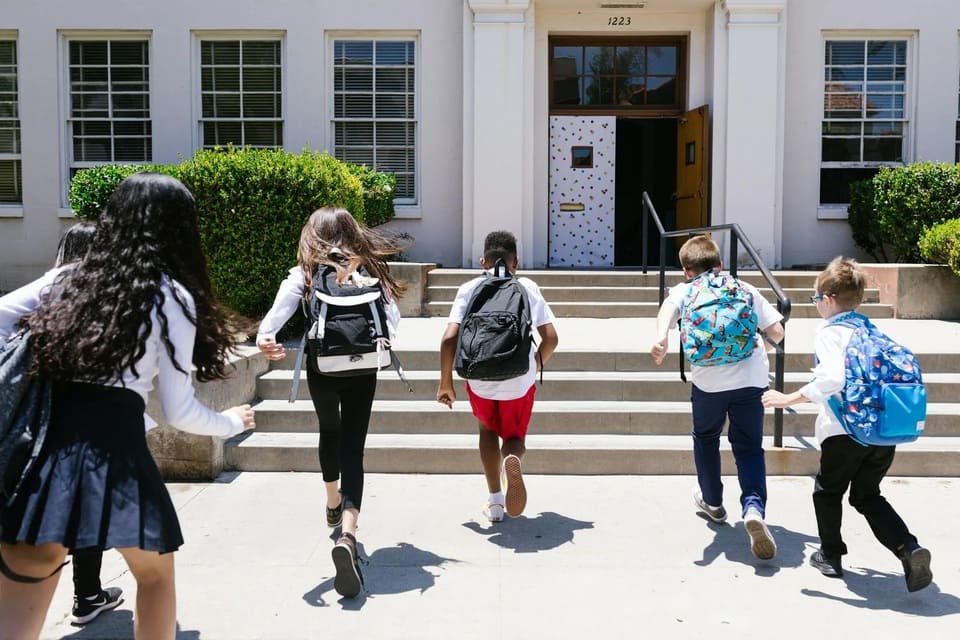Our recent Voice of Australian Educators survey reinforced the challenge on the ground for schools.
- Student and Staff Wellbeing was identified as the number one priority for educators in 2022
- Tracking and maintaining student engagement were the first and third most reported challenges faced during remote learning
- Managing student wellbeing and learning engagement were the top two challenges identified in returning to face-to-face schooling
Most schools already capture data on attendance, wellbeing, learning progress and engagement. But often these are viewed in isolation, making it difficult to understand each student’s whole experience and how best to support their different challenges.
The story behind the data
With student attendance, wellbeing, engagement and learning progress being intrinsically interlinked, they should never be viewed in a vacuum if schools want to truly understand and develop each student’s experience.
The challenge for teachers, then, is how to measure and show this data in a way that represents that whole student experience.
Increasingly teachers are requiring solutions that help connect the dots between these data sets, through analysis that identifies risks early and supports better interventions.
At the same time, this technology needs to help teachers achieve this Holy Grail without adding more admin to their day. After all, the top challenge for more than half (52%) of teachers is the lack of time for non-classroom work, according to our report.
That’s where Education Horizons can help. Specially designed student information platforms like SEQTA, Zunia and Engage can provide teachers with insights into academic progress, attendance and wellbeing, so they can drive deeper engagement for learning.




